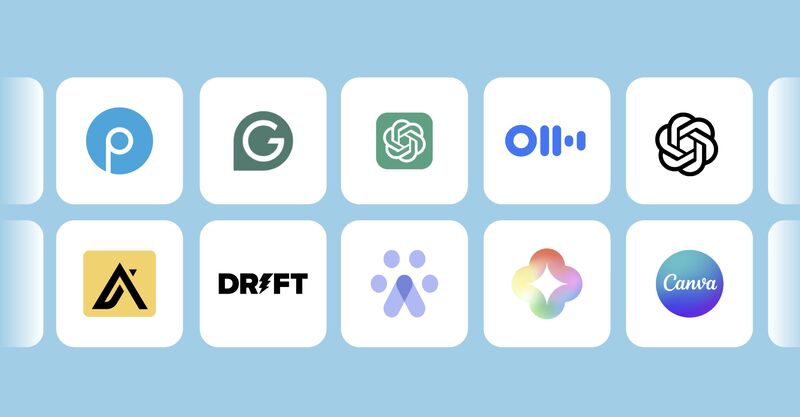Source: McKinsey
Anyone who has tried to buy a new car in the past 24 months understands the importance of an effective procurement capability. The coronavirus pandemic disrupted industries around the world, but the global automotive sector suffered perhaps the biggest hangover. As demand plummeted in 2020, automakers slashed production and cut orders for parts. When consumers returned months later, purchasing teams found that manufacturers of critical semiconductor components had already shifted production capacity elsewhere.
At the height of the crisis, lead times for some automotive chips were four times their long-term average. Procurement teams who understood dynamics of the volatile semiconductor market adapted quickly to maintain supplies, but other companies simply couldn’t get the critical parts they needed. In 2021 and 2022, semiconductor shortages prevented the production of an estimated 13 million vehicles worldwide. While lead times have now largely dropped back to normal, vehicle production and sales volumes are not expected to return to precrisis levels until the end of the decade.
When we launched our first procurement benchmarking survey nearly two decades ago, we uncovered a clear link between greater procurement maturity and higher business profitability. That link still holds today. Despite all the recent turbulence, our latest benchmark analysis shows that companies with top-quartile procurement maturity have EBITDA margins at least five percentage points higher than their less mature peers (Exhibit 1).
Exhibit 1

We strive to provide individuals with disabilities equal access to our website. If you would like information about this content we will be happy to work with you. Please email us at: McKinsey_Website_Accessibility@mckinsey.com
Today’s procurement teams face multiple, simultaneous demands (Exhibit 2). They must mitigate the impact of inflation while managing the supply and supplier risks that can damage reputation or threaten business continuity. That’s driving a change in approach, with companies abandoning old approaches to globalization and supplier consolidation in favor of a new model that prioritizes supplier diversification and risk management. In many categories, they must also manage increased price volatility by taking a fast-moving and dynamic approach to hedging against future cost increases or taking advantage of savings opportunities in favorable markets. Procurement teams are also at the forefront of the sustainability transition, charged by their organizations with identifying, qualifying, and developing future sources of resource-efficient, low-carbon inputs.
Exhibit 2

While they are dealing with those pressures, CPOs are also striving to reinvent their own organizations. Most face significant talent shortages, in both traditional procurement skills and the technical and analytical capabilities needed to deploy and run advanced digital technologies. The talent shortage is emphasizing the need for digital solutions as a potential answer. Companies have launched digital transformations but are concerned that they are not proceeding fast enough.
Read the full article: https://www.mckinsey.com/capabilities/operations/our-insights/where-procurement-is-going-next







